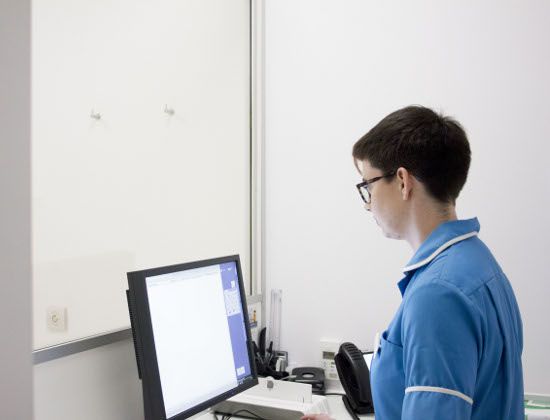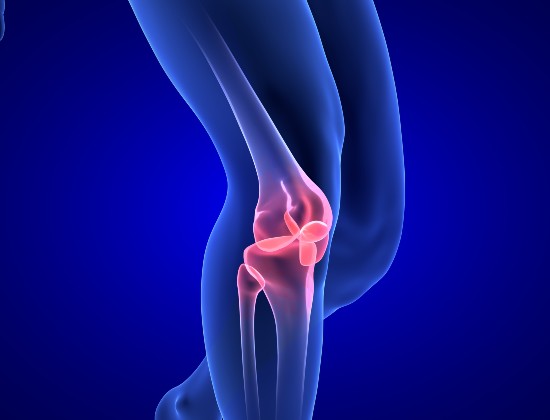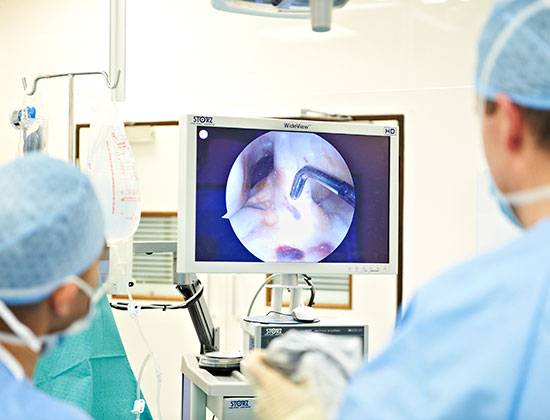Iliotibial band (ITB) syndrome (runner’s knee)
The iliotibial band (ITB) is a tough tendon running down the outside of the thigh that connects a hip muscle to the shinbone just below the knee.
As the tendon crosses the knee it has to pass over a bony bump known at the lateral femoral condyle. There is a bursa situated between the two that can become inflamed; this is known as ITB syndrome or ‘runner’s knee’.
How is it caused?
ITB syndrome is most common in athletes who maintain their fitness through prolonged, repetitive exercise such as running or cycling. It’s particularly common in athletes returning from injury. You can minimise the risk of developing ITB syndrome by warming up slowly and stretching before and after exercise.
What are the symptoms?
Symptoms include aching or pain on the outside of the knee, as well as tenderness and swelling. They are often worse when running and descending stairs or slopes.
How is it diagnosed?
A diagnosis made during a medical examination can be confirmed with an MRI or ultrasound scan.
How is it treated?
Non-operative treatment: rest and physiotherapy may be enough for your knee to recover. An ultrasound guided cortisone injection into the inflamed bursa can also help to reduce pain. If this does not relieve your symptoms, your clinician may recommend an injection of botulinum toxin into the hip muscle at the top of the ITB. This not only loosens the ITB but also deactivates it, so that other muscles around the knee are used instead. As these other muscles get stronger, the risk of recurrent ITB problems in the future is reduced.
Surgery: if non-operative treatment doesn’t improve your symptoms, your surgeon may advise that you have an ITB lengthening procedure. This is a minor operation that can be carried out under general anaesthetic as a day case.
Important: This information is only a guideline to help you understand your treatment and what to expect. Everyone is different and your rehabilitation may be quicker or slower than other people’s. Please contact us for advice if you’re worried about any aspect of your health or recovery.














.png)

















